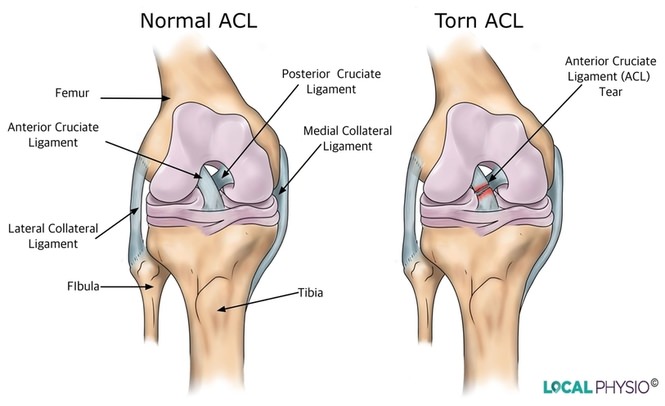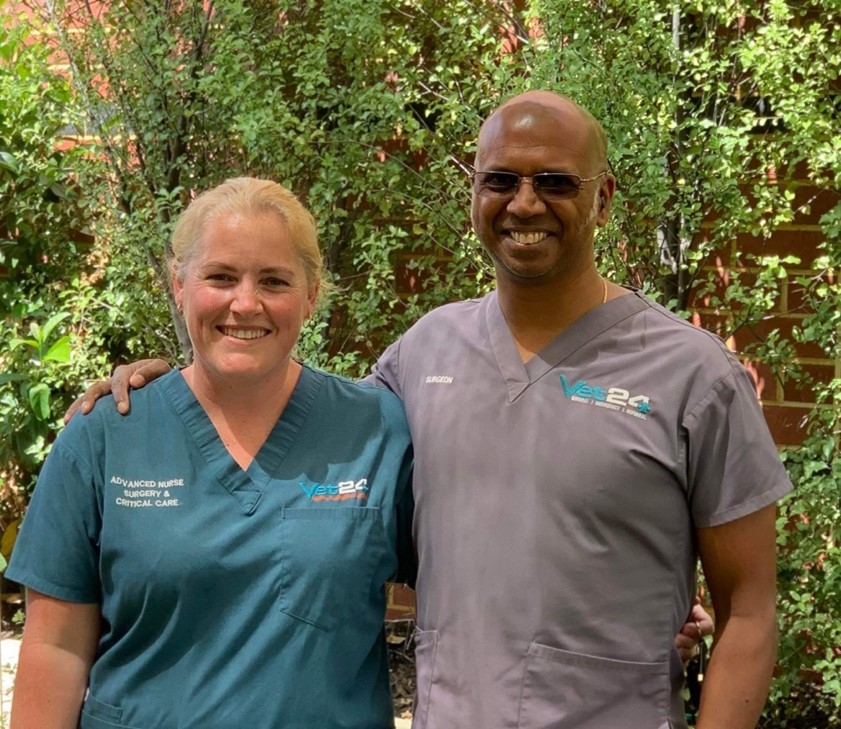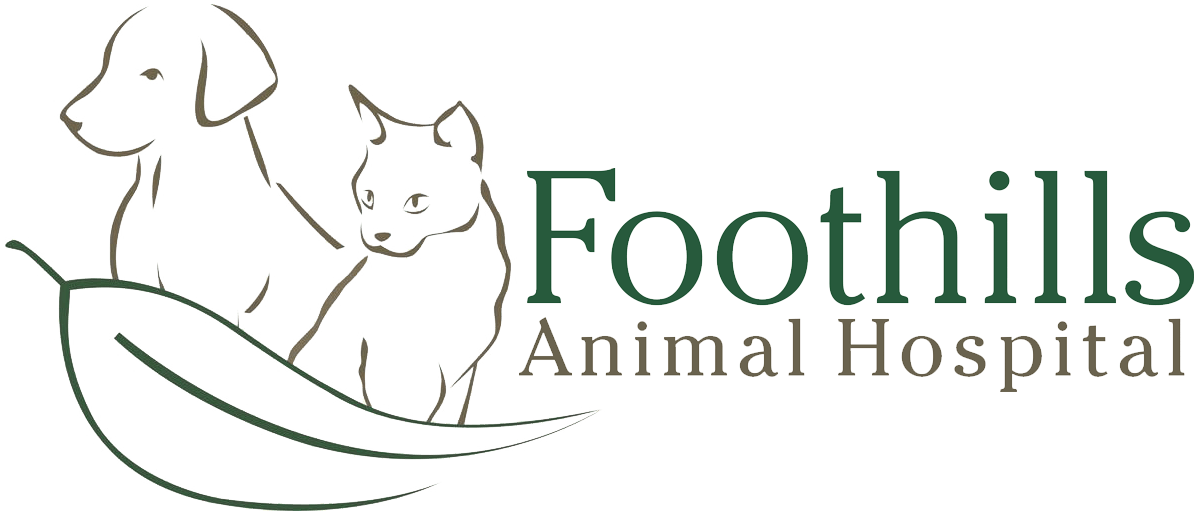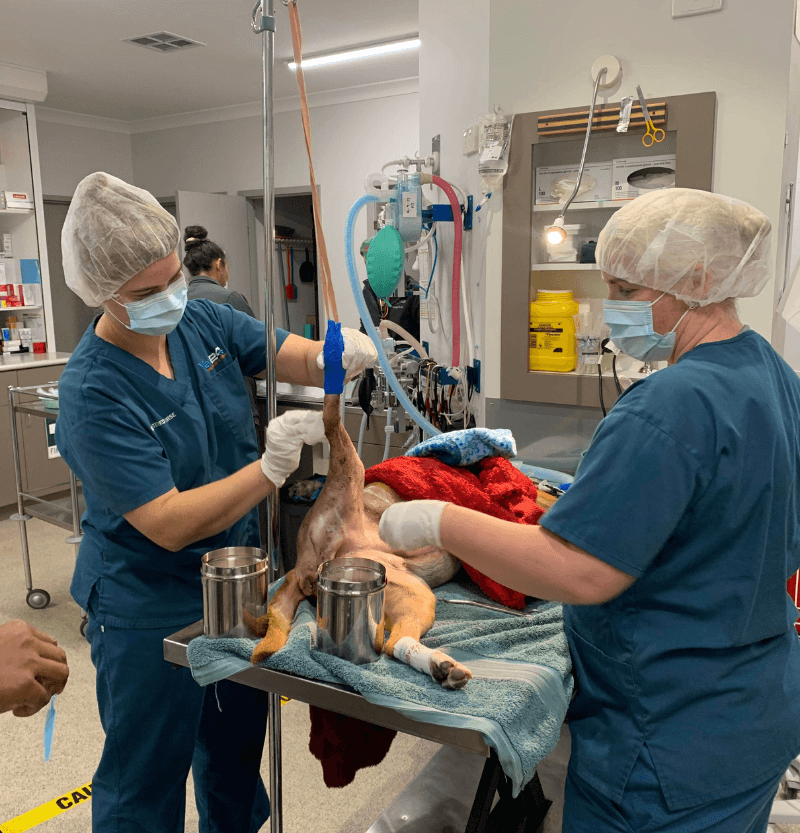Orthopaedics and Cruciate Surgery
At Foothills Animal Hospital, we are able to offer basic to advanced orthopaedic surgery including fracture repair, excision arthroplasty, patella surgeries and cruciate surgery. If your dog has been diagnosed with cruciate disease we are able to advise you on the best treatment for your dog. Surgical treatment options include an extracapsular repair suited to smaller dogs and TPLO (Tibial plateau levelling osteotomy) for medium to larger dogs. TLPO cruciate surgeries are performed by our very experienced, visiting, registered Othopaedic Specialist Dr. Ramesh Sivacolundhu BVMS MVS FANZCVS.
Cruciate Surgery
What’s different about surgery at Foothills?
- We are smaller than some of the larger referral centres so we are able to offer boutique, personalised care for your dog.
- Your dog would have a dedicated veterinary nurse with them for the duration of their stay with us.
- Our hospital is also quieter than bigger hospitals and designed to keep stress to a minimum. We have a core focus of low stress handling and will do everything to make sure your dog is calm and comfortable. We will get them home to you as soon as we possibly can. Comfortable beds, treats, heated surgery tables and roast chicken are just the beginning.
- Prior to surgery our vets will do a Telemedicine appointment to make sure you fully understand the procedure, check current medications, make sure all xrays and blood tests are completed and reviewed. We will fully discuss the costs involved and what will happen on the day as well as post-operative care.
- After any orthopaedic or cruciate surgery, we also include a comprehensive rehabilitation package with very clear handouts on what you need to do when you get your dog home.
Cruciate Surgery
The cruciate ligaments are two bands of fibrous tissue that run through the stifle (knee) joint, forming an X when the stifle is viewed from the side. They are called the cranial/ anterior (CCL or ACL) and caudal/ posterior cruciate ligaments.
Partial or complete rupture of the ACL is a very common injury in the dog and also occurs in cats. Rupture causes instability of the stifle joint. In the short term this causes acute pain, and over time leads to degenerative joint disease (osteoarthritis). Commonly, there is also tearing of the meniscal cartilage within the joint, which makes the pain more severe and the prognosis less positive.
Diagnosis
Diagnosis may be possible at the initial consultation. However most awake patients are sore and nervous, so they tense the muscles of the leg. This makes it very difficult to feel the instability in the joint. Usually a general anaesthetic is required to allow the veterinarian to make this diagnosis. Radiographs (xrays) are always recommended to allow surgical planning, look for any other problems, and assess the degree of arthritis already present.

Treatment
Without surgical repair, pets with ACL lameness will never return to pre-surgical injury levels without pain. Arthritis will develop in the stifle joints of all pets with ACL injury, but will progress much faster and be more severe in untreated pets. Surgery is therefore recommended for any pet with ACL damage.
Extracapsular Repair
Extracapsular repair is recommended for cats and small dogs (up to 10-15kg). This surgery involves opening the joint to examine the meniscal cartilages. Removing the torn ligament fragments and any damaged cartilage. Tightening and suturing closed the joint capsule. Then replacing the function of the ruptured ACL with strong non-absorbable suture material placed from the bottom of the femur to the front of the tibia. (This is often secured with metal crimps, which you may feel under the skin.)
For large dogs, an extracapsular repair cannot hold up to the daily stresses an active or heavy dog will place on its joints. Hence, more involved surgical procedures are recommended in order to optimise the long-term outcome of the pet. The goal of these procedures is to limit abnormal movement of the tibia relative to the femur when the dog is weight bearing normally.
Tibial Plateau Leveling Osteotomy (TPLO)
This is the procedure most commonly recommended and performed by specialist orthopaedic surgeons for management of cranial cruciate ligament disease.
Specialist training and equipment required make this the most expensive management option, but gives the best long term outcomes. The TPLO procedure
involves reconstructing the knee joint with a series of bone cuts and specialised bone plates to stabilise the knee joint.
This involves;
- Joint inspection and management as for extracapsular repair
- Placement of a special jig to guide multiple cuts made around the top and front surfaces of the tibia.
- Rotation of the freed tibial segment until the top of the tibia (the ‘plateau’) is at the optimal angle to prevent adverse movement relative to the tibia when weight bearing.
- Placement of a bone plate to anchor the rotated segment until the surgical cuts have healed.
- Closure of the surgical site with several layers of absorbable +/- nonabsorbable suture.
- Appropriate antibiotic and pain relief cover as recommended.
- The implants remain in place for life unless there is a complication necessitating their removal.
We will then set your dog up with a comprehensive program after surgery to make sure they have the best recovery possible.
We now offer the services of a mobile surgical specialist – Dr Ram (based at Vet24 in Balcatta). By prior arrangement, Dr Ram can perform TPLO surgery on your pet here at Foothills Animal Hospital.

If you would like specialist management of your pet’s cruciate ligament injury, please just ask one of our wonderful nurses.
If you have any questions or concerns about your pet, please do not hesitate to call us on 9497 7488, or send us an email at admin@foothillsanimalhospital.com.au

